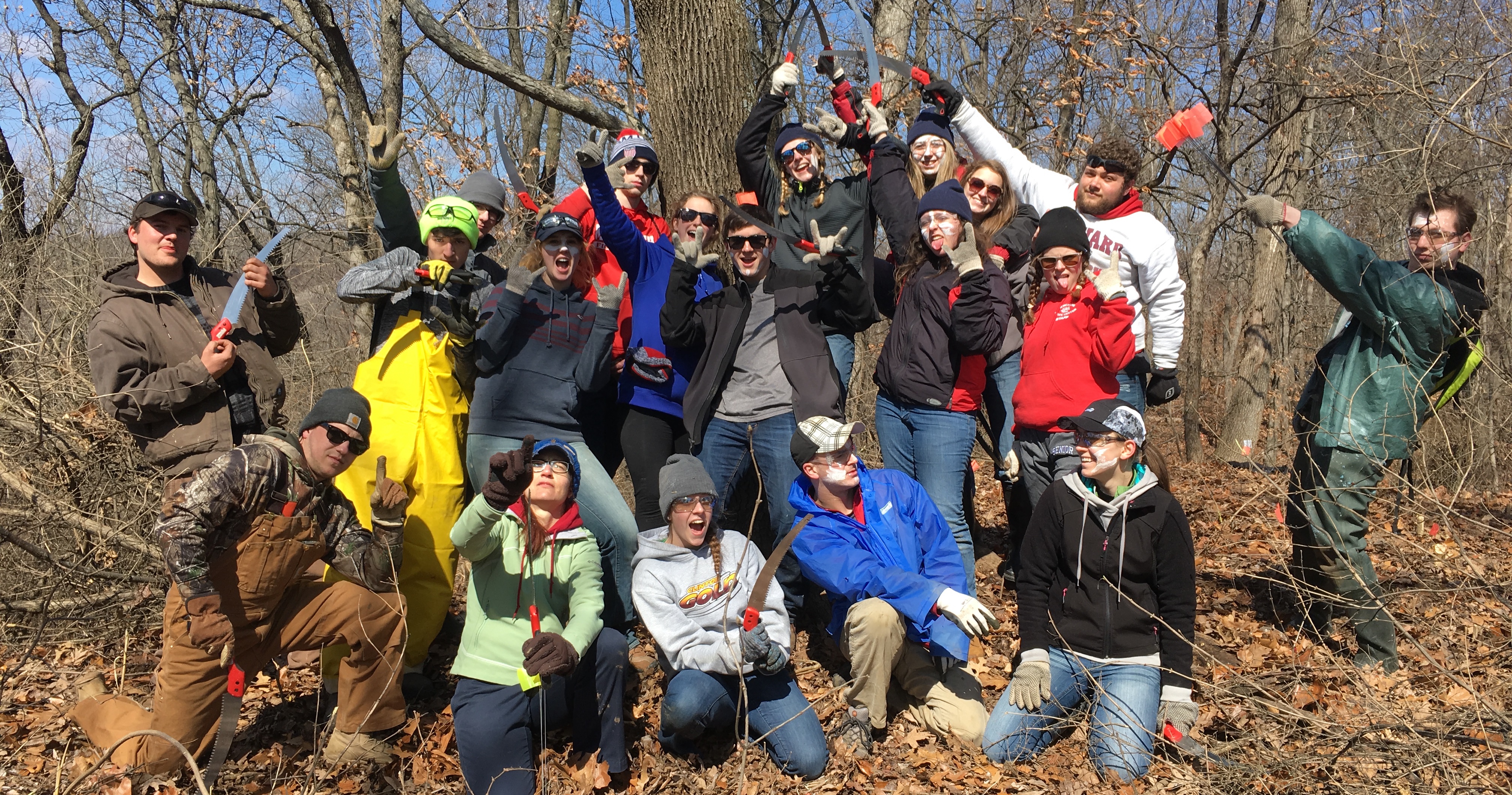Environment Day - Invasive Plant Clean-Up
Invasive Plant Clean-Up
Why do an Invasive Plant Clean-Up?
Invasive species are plants that are not native to a particular region. Invasive species spread rapidly and consume resources that native species need to survive. They often have no native competitors or predators, meaning they can wipe out native plants in the ecosystem. Invasive plants can also harm wildlife in the area, as they may replace native shelter and food supplies.
The goal
An Invasive Plant Clean-Up aims to remove invasive plant species and replace them with native plants. Additionally, this project raises awareness about invasive species and their environmental impact.
The mechanics
- Duration: A typical clean-up lasts between two and six hours.
- Cost: This is a low-cost activity: ~$50-$100.
- Organic waste bags
- Soil and native plants (to replace invasive plants that you will remove)
- You may want to consider purchasing drinks and snacks for the participants (e.g. water, coffee/tea, granola bars)—remember to limit waste as much as possible by asking participants to bring reusable cups!
- Time of year: The best time for this activity is in the spring or fall, when the soil is moist.
- Participants: 4-20, depending on how large the area is and how many invasive plants there are. The larger the area and/or the more invasive plants, the more volunteers will be needed.
- This activity is family-friendly and accessible to anyone who has the mobility to partake in gardening and can get to the areas where you will be removing the invasive plants.
- Intensity/Effort: Medium-high (digging, shovelling, bending or kneeling for sustained periods, carrying bags of organic waste)
- Location: Identify local areas that would benefit from an invasive plant clean-up, such as parks, forests, and curbside vegetation, where invasive species have been found. Contact your local gardening or environmental group, municipal environment authority, or parks and recreation department to ask where invasive species are prevalent in your area.
- Materials:
- Soil and native plants (seeds): removing invasive species necessitates replanting, as barren ground becomes vulnerable to the further spread of invasive species. Therefore, this activity requires the purchase of soil and native plants in advance.
- Appropriate clothing and footwear (close-toed shoes or boots; long pants and a long-sleeve shirt, especially in dense vegetative areas; hats for warmth and/or sun protection; gardening gloves)
- Gardening tools, such as shovels, hand spades, gloves, and organic waste bags for disposal. Have volunteers bring these items from home.
- Disposal: After completing the activity, sustainably dispose of all organic waste at an appropriate location. Contact your municipal environment or waste authority to find out where to properly and sustainably dispose of organic waste. The municipality's website will usually contain this information. For example, in London, both EnviroDepots (on Clarke Rd and on Oxford St W) will accept organic waste, as well as TRY Recycling locations.
Additional resources
- Video: An Introduction to Invasive Species
- The following resources can be used in order to identify invasive species:
- The following resources can be used in order to identify native species for purchase:
- Guidance on species removal



Click the following links to learn more about each project: Main Page | Pollinator Garden / Butterfly Garden | Rain Garden | Waste Clean-Up | Invasive Plant Clean-Up | Sustainability Fair | Nature Activities for Kids | Movie Night | Earth Balls / Seed Bombs | Tree Planting | Bee Hotel

.png)












